The History of Airplanes And Where Air Travel Is Headed In The Future
Discover the history of air travel and where it's headed next.
This article is more than 2 years old
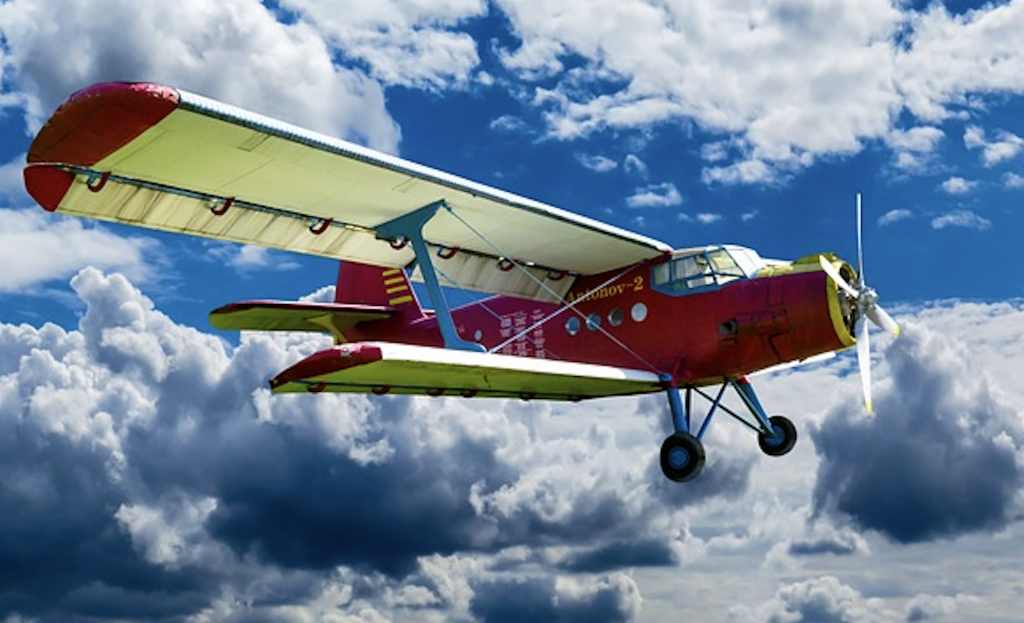
Imagine yourself cruising above the clouds as you wistfully look at the landscape below. You gaze in utter amazement at the dual thought of everything looking so small yet so big all at once. It’s captivating, mesmerizing, thrilling, and frightening. As you skate high above on the backs of the cumulus nimbuses you get butterflies in your stomach and feel a light-headed glee in the back of your mind. You’re flying. You’re flying off to a destination far far away in the jungles of Borneo, to the crystalline beaches of the Maldives, or perhaps to the last living glacier on Earth in Argentina. The whimsical yet subtly terrifying ability to fly is made possible all thanks to the airplanes that facilitated commercial air travel.
Humans having the ability to take flight has done so much to propel a globalized society. Flight has streamlined international trade and made it possible for people all over the world to visit places they never would have and garner knowledge they otherwise may have not been able to. Air travel is truly the pinnacle example of human ingenuity. We as a global populous owe our thanks to the brilliant mind of centuries past, the early pioneers of modern flight, and those who at present are working towards making air travel a part of a sustainable future. Out of both gratitude and curiosity, we turned back the clock to look at the history of air travel. Read on to find out how planes were developed, take a closer look at those who first harnessed the ability to fly, explore the rise of commercial air travel. Then peer ahead with us, ever so briefly, at what’s to come.
DEVELOPING THE AIRPLANE
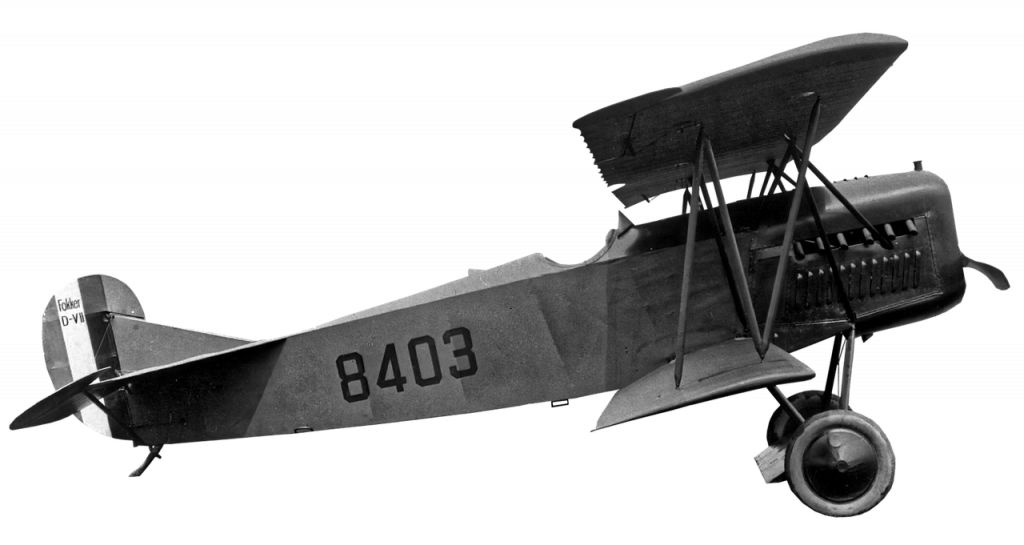
The desire to fly and the curiosity to reach what is up above are notions that are intrinsic to humankind. This is evident in the works of early scientists and philosophers. For instance, consider Leonardo DaVinci’s Flying Machine concept. However, the first real steps towards creating an actual winged aircraft did not come about until Sir George Cayley outlined the scientific principles of lift and drag and from those principles created the first concept of an airplane.
After Cayley first introduced his concept many other scientists would be inspired to further his ideas and attempt to make his concept a reality. Some were met with small victories along the way, but it wasn’t until 1894 that the tides would truly being to turn. It was that year that Wilbur and Orville Wright learned that a gentleman named Otto Lilienthal had successes steering a glider by pivoting his body. This one aerodynamic concept is what fueled the Wright Brother’s ambitions. On December 17, 1903, in Kitty Hawk, North Carolina their ambitions were realized when they flew a plane for an extended amount of time and were able to remain in control of the craft. The airplane, at that moment, truly became a working machine and an aerodynamic marvel.
ADVANCING FURTHER
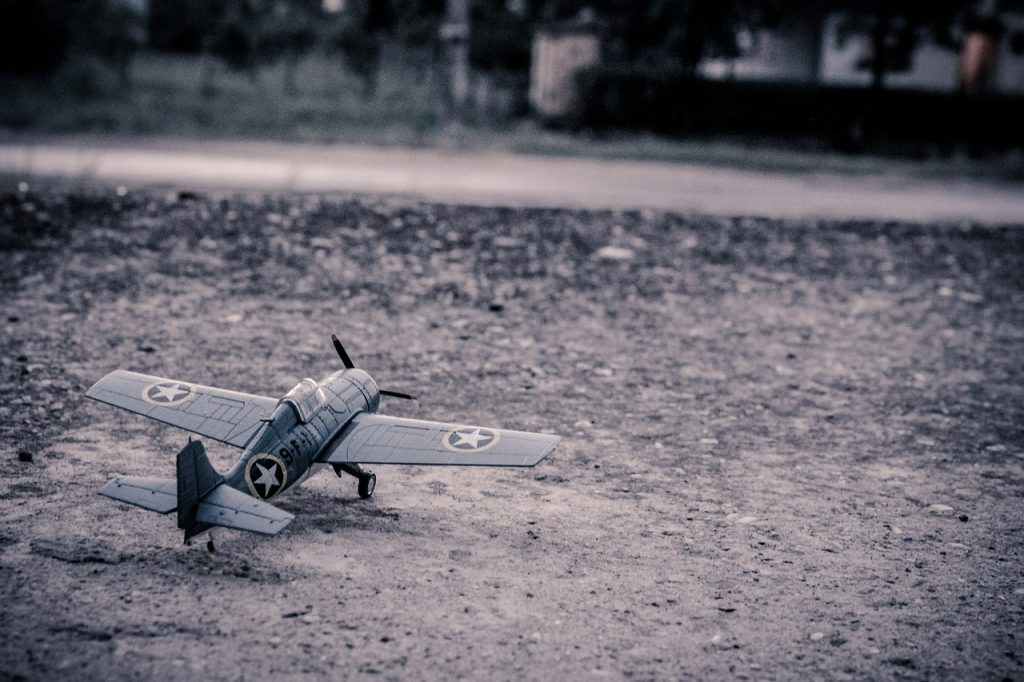
The Wright brothers undoubtedly laid the foundation for what would become the future of flight. However, WWI is what really sent airplane development and innovation into overdrive. It was during this time that the first fighter plans were developed. For instance, French aviator, Roland Garros, who became the first pilot to successfully fly across the Mediterranean is also the one who developed a type of plate meant to protect pilots when they were attempting to fire a gun at enemies while in flight.
However, air travel technologies started to advance by leaps and bounds in the 1920s and 1930s. One of the most integral advancements to happen was the development of air-cooled radial engines. These air-cooled engines are what began allowing planes to stay in flight reliably for longer. In 1927 Charles Lindbergh became the first successful pilot to complete a transatlantic flight when he flew his monoplane from New York City to Paris. Then, just five years later, Amelia Earhart followed suit and became the first woman to successfully fly across the Atlantic Ocean – a feat that was unprecedented for a woman to accomplish at that time.
WWII RECOVERY & THE RISE OF COMMERCIAL AIR TRAVEL
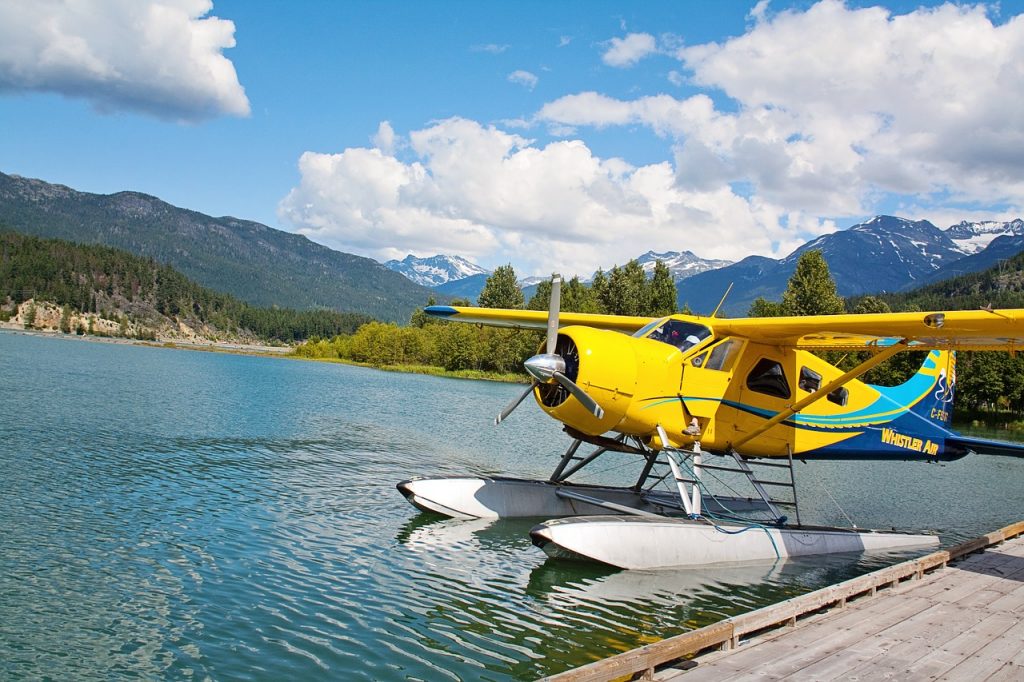
WWII once again took air travel into a more military-focused direction. During these years the first fighter planes, stealth bombers, seaplanes, and cargo crafts were developed and used to make strategic maneuvers during the war. High-speed planes became a reality and which paved the way for the Bell X-1 jet to break the sound barrier in 1947. After the dust settled, however, interest grew surrounding the possibilities of commercial air travel.
Boeing was one of the early proponents that grew the commercial air travel industry. In the United States, specifically, passenger planes really took off. A thriving post-war economy allowed for individuals to really lean into and embrace the idea of leisure vacations, travel, and exploration. In turn, the popularity allowed commercial plane cabins to quickly become more comfortable, quieter, and just more enjoyable to travel in, overall.
The 1950s and 1960s are what took commercial air travel to the next level. The industry had been expanding and evolving for a while, but now technology had caught up enough that engineers could easily make vastly larger engines to power vastly larger planes. These decades gave rise to behemoths like the 747. And these were the years that commercial air travel really took shape and morphed into the industry that we know it as today. A nice Hollywood depiction of this era can be seen in 2002’s Catch Me If You Can starring Tom Hanks and Leonardo DiCaprio.
LOOKING AHEAD TO THE FUTURE
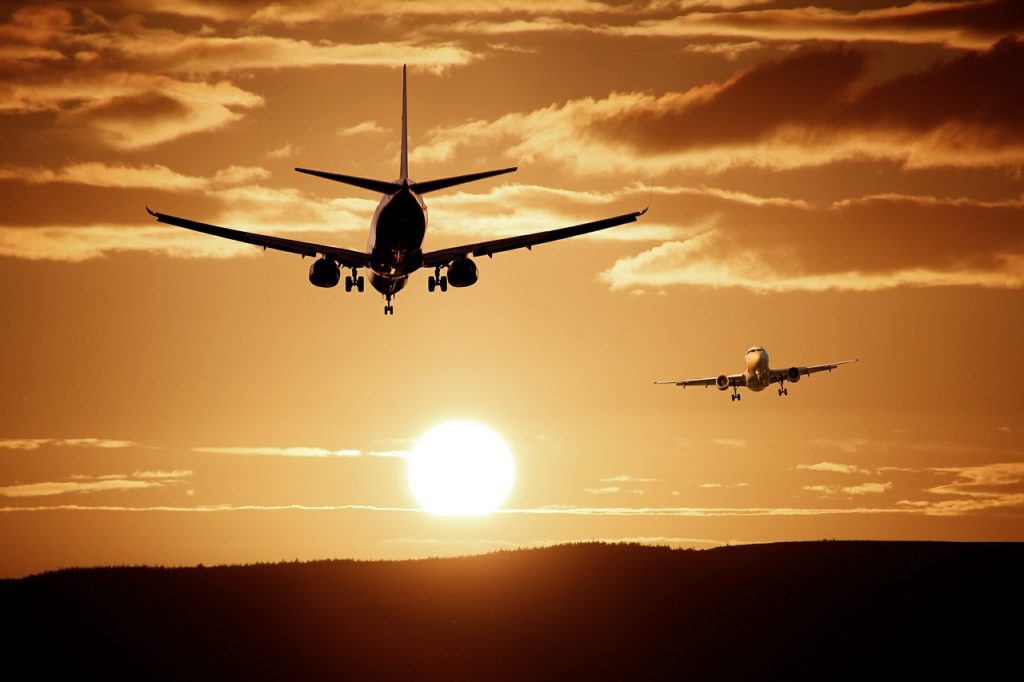
As the decades have passed the world has become privy to the environmental strains that widespread and consistent use of fossil fuels have imposed on the planet. Air travel is an industry that relies heavily on the use of oil to power planes. However, science tells us, that continuing with the way we’ve been doing things is neither advantageous nor sustainable. This means, much like anything else, air travel will need to evolve to match the changing landscapes of our time.
Luckily, though, technology is at the point where those changes can begin to be developed and implemented. The company, Airbus has been working since 2010 to create a functional fleet of all-electric planes suitable for various types of air travel. The two companies AeroTEC and magniX have also been pioneers in developing electric aircraft capable of traversing long distances. In 2019 they led an impressive demonstration of their latest model at an airfield in Washington state.
What’s more, is that in the future air travel might not just be limited to large-scale passenger planes. Innovators have made great strides in developing flying cars and even hovering motorbikes. The future of air travel is reaching uncharted territory and it truly is thrilling to try and comprehend just where the next decades will take it.



